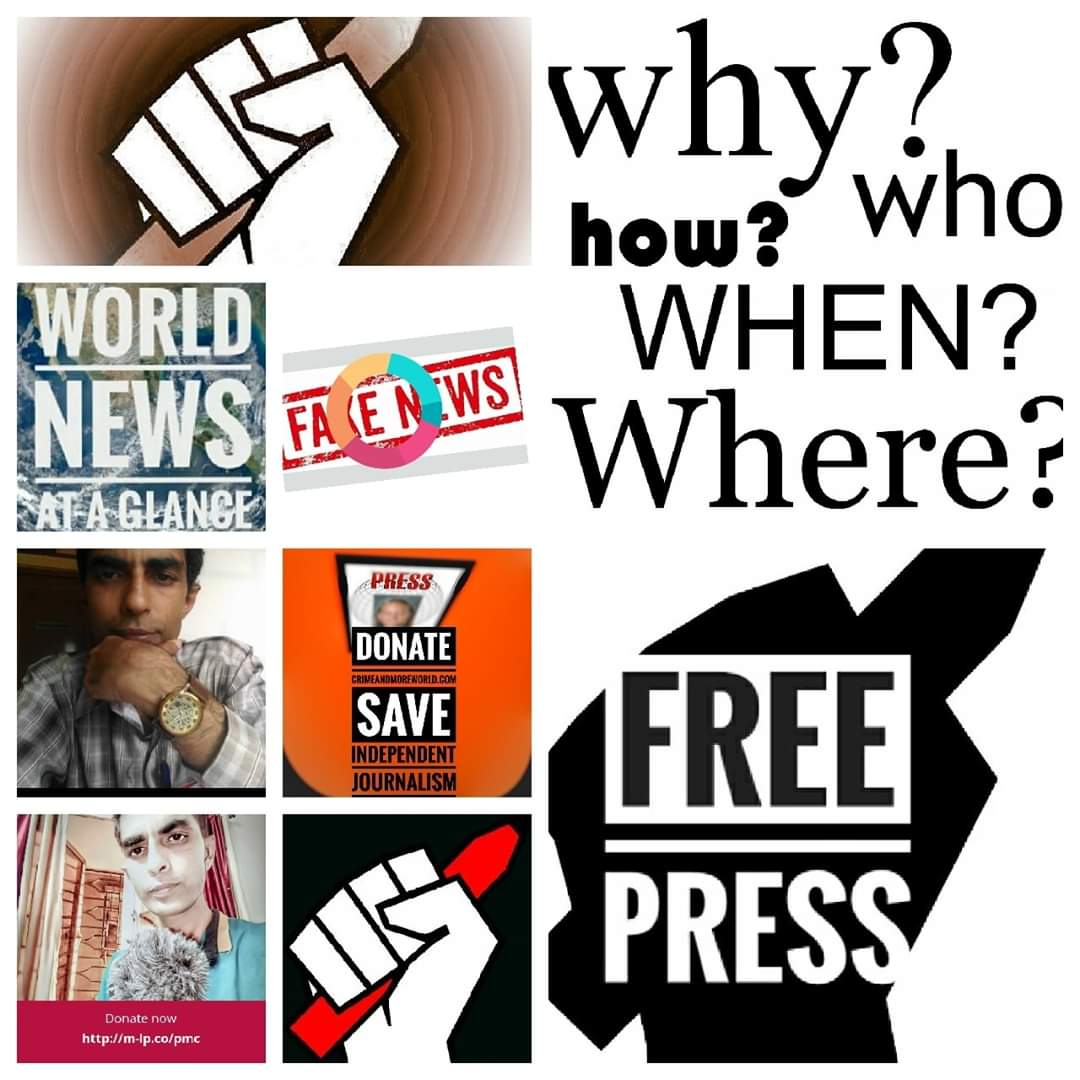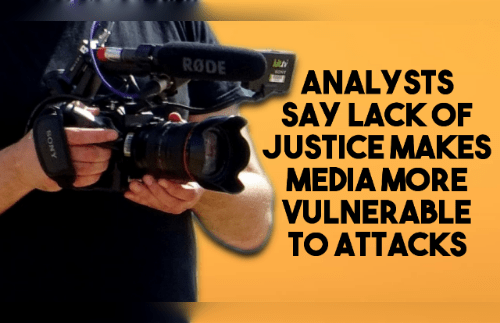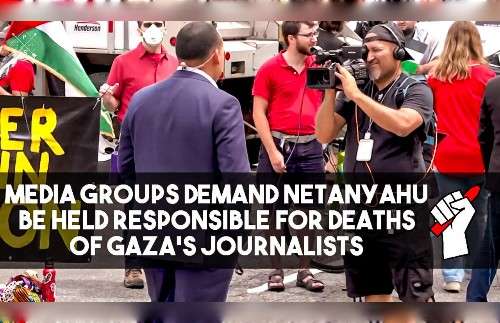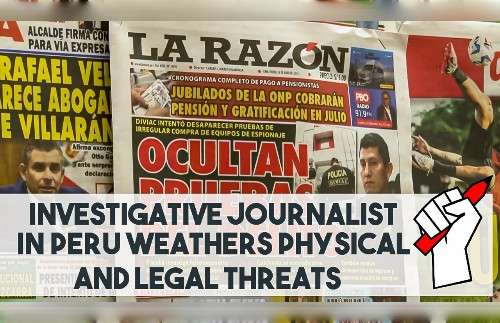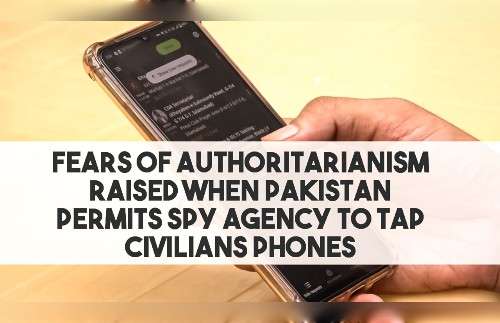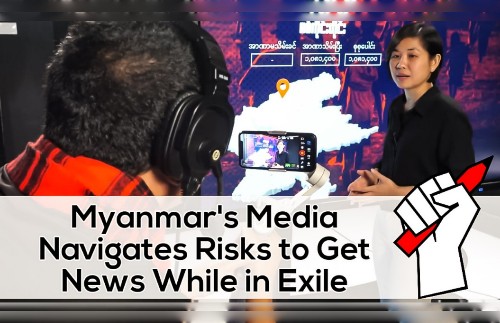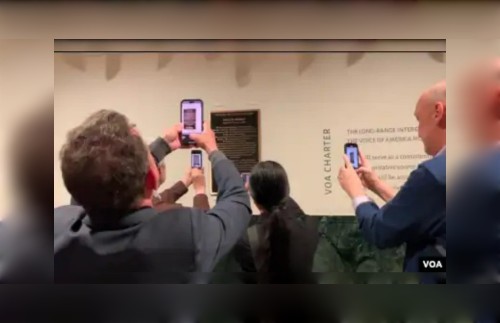
Four Yemeni journalists and an Iranian director of a Telegram chain, sentenced to death, are currently awaiting the execution of their sentence. Reporters Without Borders (RSF) denounces the use of the death penalty, a penalty of another age, which still too often threatens journalists in certain regions of the world.
For Yemeni journalists Abdul Khaleq Amran, Akram Al-Walidi, Hareth Hamedand Tawfiq Al-Mansouri , who were tried by a Houthi court for spying, the maximum sentence was imposed on April 11 in Sanaa. Iranian opponent Rouhollah Zam, who ran the Telegram channel AmadNews , learned of his death sentence for “corruption on earth” just a week ago in Tehran.
“It is hardly conceivable to see again, in 2020, journalists condemned to the most barbaric and archaic punishment , denounces the secretary general of RSF, Christophe Deloire. As the world moves a little closer to the universal abolition of the death penalty every year, the threat of executing a journalist for his work must be relegated to history books instead of being part of our news. . The abolitionist states must mobilize to make this punishment of another age, which is the worst possible obstacle to freedom of the press, permanently obsolete . ”
This latest conviction brings the number of journalists currently sentenced to death to nine. The previous death sentences date back to September 2017 and were handed down by the central court of North Korea for a derisory reason. For publishing a positive review of a book that described the growing role played by the market economy in the daily life of North Koreans, South Korean journalists Son Hyo-rim and Yang Ji-ho and general managers of their media, Kim Jae-hoand Pang Sang-hun , were sentenced to death in absentia and “with no possibility of appeal”.
While the enforcement of the sentence is unlikely in this case, in Iran, which is one of the countries in the world where the most executions take place , these sentences are real swords of Damocles above the head journalists. In the past 20 years, at least 20 journalists, bloggers and “citizen journalists” have been sentenced to death. Based on sharia law, Islamic criminal law in Iran provides for the death penalty for many crimes. Soheil Arabi , winner of the 2017 RSF prize in the journalist-citizen category, was thus sentenced to death in 2014 for “insulting the prophet of Islam, the holy Shiite imams and the Koran”. Adnan Hassanpour , who worked for the Iranian Kurdish weekly Asou(Horizon), had been sentenced to death in 2007 for “spying”. In 2000, Hassan Youssefi Echkevari , cleric of the monthly Iran-e-Farda , was tried and sentenced for being a “mohareb” (a fighter against God), for “subversive activities against national security”, “defamation of the authorities “And” attack on the prestige of the clergy “.
All of these sentences were eventually commuted to long, or even life, prison terms, but Iran remains the country in the world to have officially put the most journalists to death in the past 50 years. In the aftermath of the 1979 Islamic revolution, around 20 journalists close to the Shah’s regime, such as Ali Asgar Amirani, Simon Farzami, Nasrollah Arman, or circles close to the left, such as Said Soltanpour and Rahman Hatefi-Monfared , were killed by an execution platoon.
It is not Iran, but one of its close neighbors, Iraq, which stands out as the last country to have applied the death penalty on a journalist: 30 years ago, on March 15 1990, British journalist of Iranian origin Farzad Bazoft was executed by hanging for “spying for the British and Israeli intelligence services”.
Since then, press freedom and human rights organizations have had to mobilize repeatedly to avoid the worst for many other journalists and bloggers. In Mauritania, for an article published on Facebook, blogger Mohamed Cheikh Ould Mohamed Mkhaïtir was sentenced to death in late 2014 for apostasy. The sentence was finally commuted to two years in prison in late 2017. In Burma, sports journalist Zaw Thet Htwe was sentenced to death in 2004 for transmitting information to the International Labor Organization, before the Supreme Court ordered it. condemns on appeal to three years in prison.
The significant mobilization in favor of cases that have become emblematic, such as that of the photographer Shawkan in Egypt, or that of the RFIcorrespondent in the Far North region of Cameroon, Ahmed Abba , has potentially contributed to bypassing the initial intentions. judges from these countries for the death penalty. In both cases, as in the case of the Saudi journalist Ali Al-Omari and the Afghan journalist Ali Mohaqiq Nasab , the prosecutors had requested the death penalty because of the charges of “acts of terrorism” or blasphemy against them. The sentences handed down at first instance did not ultimately follow these deadly requisitions.
In China, which is one of the 54 stateswhich still apply the death penalty to date and which holds the record for the highest number of condemned persons executed , the last journalist condemned to death and executed was, according to information gathered by RSF, Associated Press correspondent Yin-Chih Jao in 1951. However, the long-term, even life-sentence sentences imposed on journalists, associated with deplorable conditions of detention and ill-treatment, amount to sentence them to de facto death. In 2017, the Nobel Peace Prize and RSF Prize winner Liu Xiaobo and blogger Yang Tongyan thus died from lack of care during their detention.
Latin America, where most countries have abolished or partially abolished the death penalty for several decades, has also not officially had journalists sentenced to death in the past 50 years. However, the direct or indirect participation of States in cases of extra-judicial executions of journalists by hired killers, mercenaries or cartels, is constant in several countries of the region, and in particular in Argentina, Chile, in Mexico, Brazil and Colombia.
Journalists are also executed by non-state groups. The barbaric beheadings of two American journalists, James Foley and Steven Sotloff , by the Islamic State (IS) group in August 2014 in retaliation for the American intervention in Syria and Iraq marked the spirits. In Afghanistan, a dozen local journalists and media workers have also been executed by the Taliban since 2001. Among them, the BBC correspondent Abdul Samad Rohani , who was shot dead in 2008. Journalist Adjmal Nashqbandi and Sayed Agha , who worked respectively as a fixer-interpreter and driver for a journalist for the Italian daily La Repubblica, were both slaughtered.
Copyright ©2016, Reporters Without Borders. Used with the permission of Reporters Without Borders(RSF), CS 90247 75083 Paris Cedex 02 https://rsf.org














